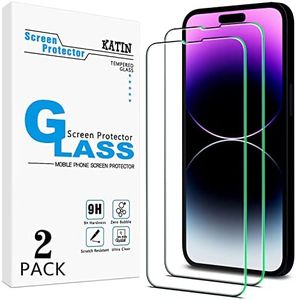We Use CookiesWe use cookies to enhance the security, performance,
functionality and for analytical and promotional activities. By continuing to browse this site you
are agreeing to our privacy policy
10 Best iPhone 14 Pro Max Screen Protectors
From leading brands and best sellers available on the web.Buying Guide for the Best iPhone 14 Pro Max Screen Protectors
Choosing a screen protector for your iPhone 14 Pro Max is a smart way to keep your phone’s large and premium display safe from scratches, smudges, and accidental drops. Screen protectors come in different materials and finishes, and picking the right one can make a noticeable difference in everyday use. It's important to consider protection level, clarity, feel, and any extra features that matter to you, like privacy or blue light filtering.MaterialScreen protectors are most commonly made from tempered glass or plastic (often PET or TPU). Tempered glass protectors mimic the feel of your phone's actual glass screen and offer a higher level of scratch and impact protection. Plastic protectors are usually thinner, lighter, and more flexible, but might not feel as smooth or protect as well as glass. To choose, think about how much protection you need and how you want your screen to feel. If you’re worried about drops or want a glass-like experience, go for tempered glass. For something lightweight or just scratch protection, plastic could be enough.
ThicknessThe thickness of a screen protector, usually measured in millimeters, affects both the level of protection and touch sensitivity. Thicker protectors (around 0.4mm) provide more impact and scratch resistance but might feel more noticeable on your screen. Thinner protectors (about 0.2mm) feel closer to the original screen and preserve touch accuracy but may offer less protection. If you’re accident-prone or often drop your phone, thicker is safer. If you want your phone to feel as close to the original as possible, a thinner protector will be less intrusive.
Finish (Glossy vs. Matte)Finish refers to whether the surface of the protector is shiny (glossy) or non-reflective (matte). Glossy protectors keep your screen looking bright and sharp, but they can show fingerprints and glare more easily. Matte protectors reduce glare and fingerprints, which is helpful if you use your phone outside frequently or dislike smudges, but they can slightly dull the display or affect clarity. Your preference depends on whether you value screen clarity or minimizing glare and marks.
Edge CoverageSome screen protectors only cover the flat part of the display, while others curve around the edges or offer full coverage. Full-coverage protectors guard against damage across the entire front but may be a bit trickier to install or interfere with certain cases. Flat-only protectors are simpler to apply and usually fit with more types of cases, but leave the curved edges exposed. If you want the most protection and use a slim case, choose full coverage. If you use thick or rugged cases, a flat protector is often the better fit.
Privacy or Special FeaturesSome protectors come with extra features like privacy filters (which block side-viewing), blue light filtering, or anti-bacterial coatings. Privacy protectors are good if you often use your phone in public and don’t want others viewing your screen. Blue light filters can reduce eye strain during long use. Decide which, if any, of these features match your habits. If you value privacy, get a privacy screen. For eye comfort, look for blue light filters. If you just want basic protection, these extras aren’t necessary.
Ease of InstallationSome screen protectors are easier to install than others, often coming with alignment tools or installation frames to help prevent bubbles and ensure a perfect fit. If you’ve struggled to install protectors in the past, or just want the process to be stress-free, look for ones that advertise easy installation; these usually come with guiding accessories or clear instructions. Your skill and patience can guide you here: if you want it quick and foolproof, prioritize easy-install kits.
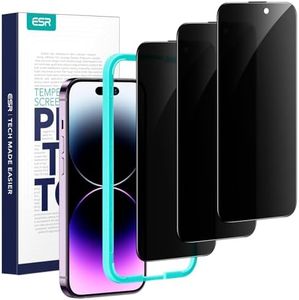

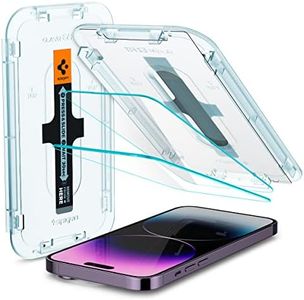
![[2+2 Pack]](https://images-proxy.bestreviews.guide/LDOjcNNSbr2ykSAv_1USpwQ99Ok=/0x300/https://m.media-amazon.com/images/I/41qaAsblxhL._AC_CX679_.jpg)
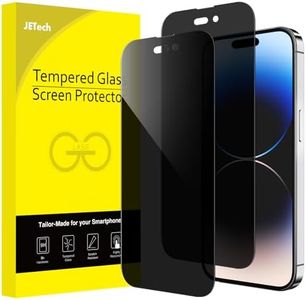
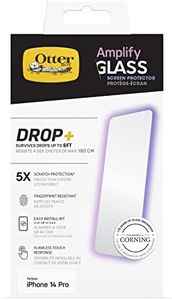
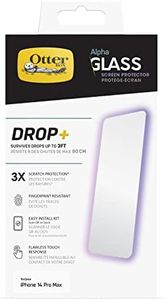
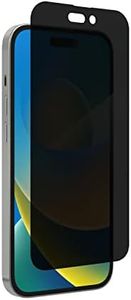
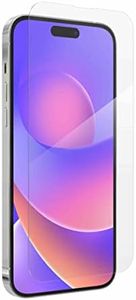
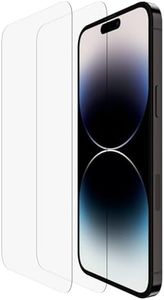
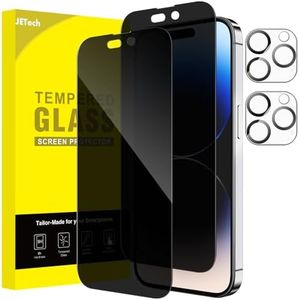
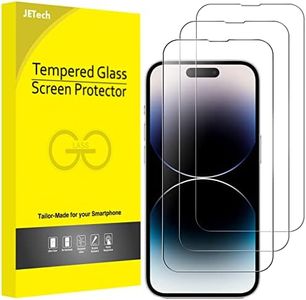
![[3 Pack] T](https://images-proxy.bestreviews.guide/TLudL7sT6Kmxr3YGXo9NX9IvWOE=/0x300/https://m.media-amazon.com/images/I/51yKf5IdwpL._AC_CX679_.jpg)
![[2 Pack] Z](https://images-proxy.bestreviews.guide/TAyGwDMtvNYnfWkjp5bcgKF00AQ=/0x300/https://m.media-amazon.com/images/I/61EusnG+3QL._AC_CX679_.jpg)
